Marine biologists are stunned over a rare, giant fish that they’ve discovered washed ashore in Oregon just last week.
According to scientists, this massive fish is part of a rare species of sunfish that has only recently been discovered in the last few years.
An Oregon Discovery

This rare sunfish was first discovered on June 3 by locals on the beach in Gearhart, Oregon, located right around the Washington border.
Eventually, reports of this discovery made its way to Keith Chambers, the general manager of the Seaside Aquarium in Oregon. At first, Chambers just assumed it was a regular — yet huge — sunfish.
A Possible Ocean Sunfish
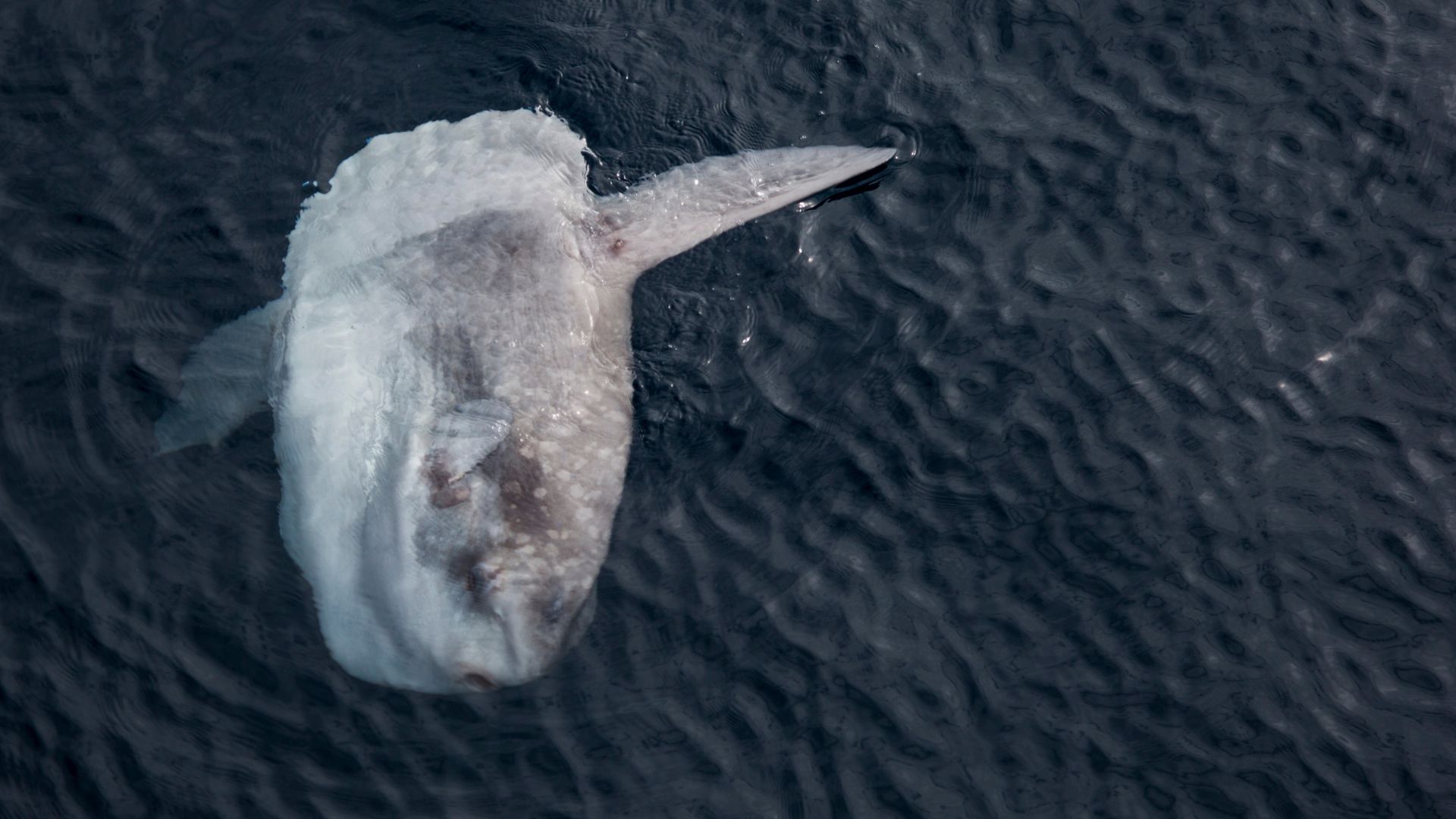
When Chambers heard about this huge fish, he believed beachgoers had simply discovered a regular ocean sunfish. As a result, he wasn’t surprised or excited to see it.
“I’ve seen a lot of them,” he said. “It wasn’t that spectacular of a moment for me.”
The Discovery of Something Rare
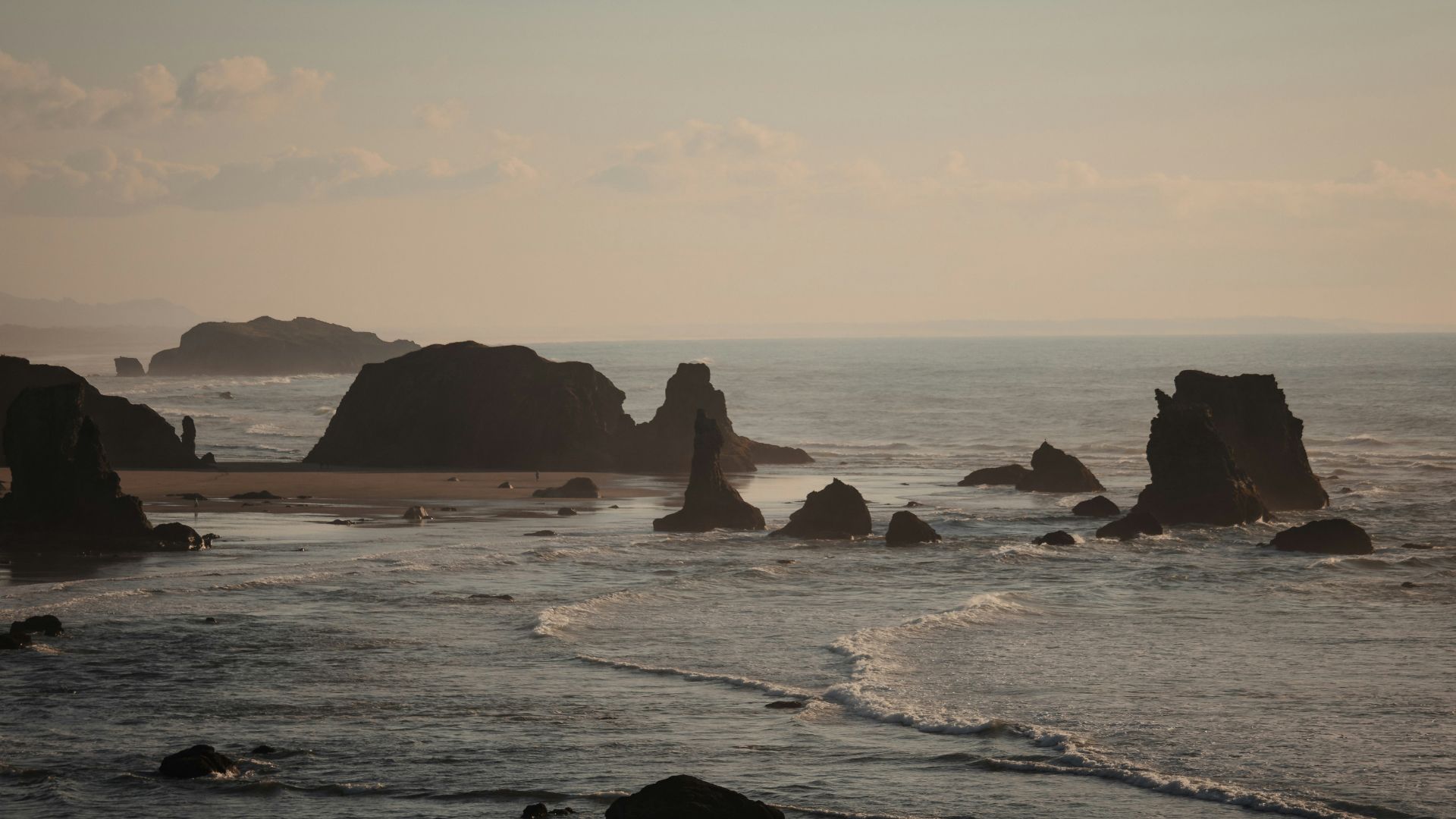
However, things began to change when Marianne Nyegaard, a marine biologist, saw the Facebook post on the aquarium’s page. This post included a photo of this discovery.
Nyegaard immediately realized this wasn’t your average ocean sunfish — this was something much rarer than that.
The Mola Tecta Species
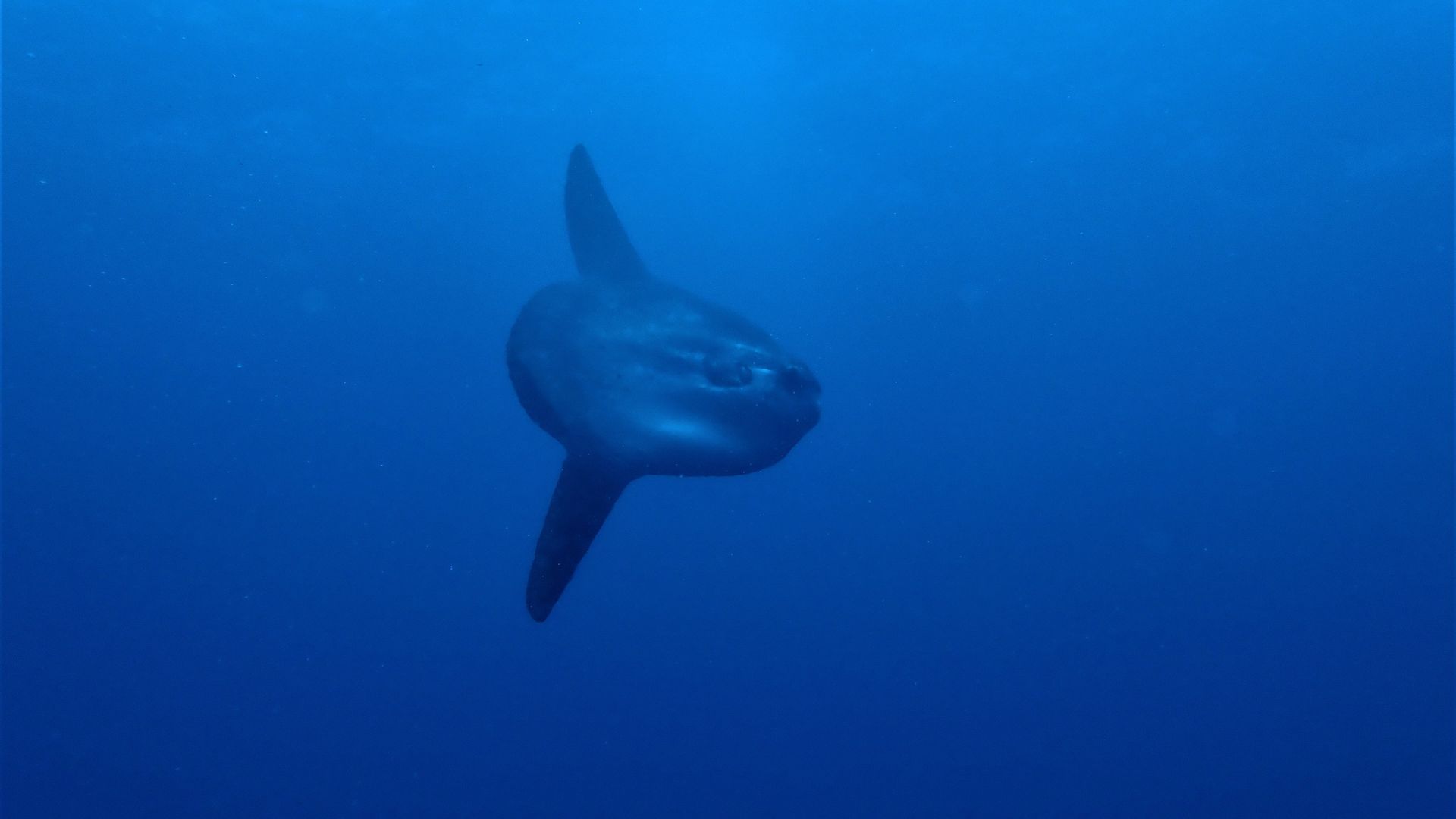
Nyegaard believed this huge sunfish was of the mola tecta species. Nyegaard discovered this rare fish species in 2017. Since this discovery, she’s been researching the extraordinary species ever since.
The mola tecta fish is also called the hoodwinker sunfish. This specific sunfish found washed ashore on an Oregon beach is a 7.3-foot long, smooth-skinned, two-tail rarity.
A Chance Moment
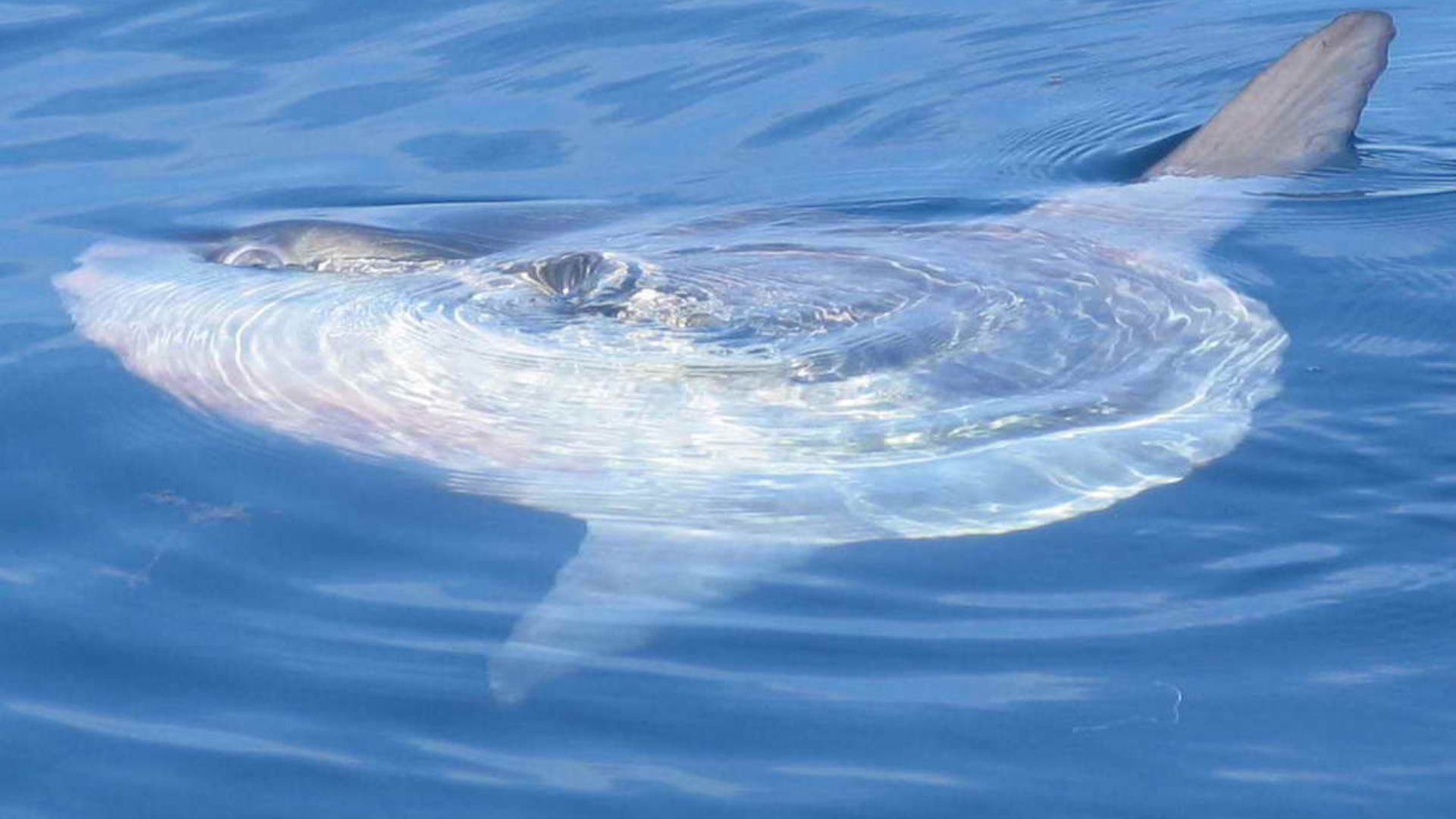
Upon seeing the misidentified sunfish on social media, Nyegaard raced down to see the fish herself and clarify if it truly was a mola tecta. Luckily, Nyegaard just happened to be in Seattle that week and away from her home in New Zealand.
She explained, “It was a fantastic coincidence. It doesn’t get any better than that,” Nyegaard added, “It’s like I can’t get away from them.”
About the Hoodwinker Sunfish

First discovered seven years ago, the hoodwinker sunfish has only infrequently been spotted near New Zealand and Australia. However, they’ve also been seen in the Pacific Northwest.
Its notable feature is its tail. Instead of having a regular fishtail, this sunfish has a thick flap which is split in two.
A Sunbathing Fish
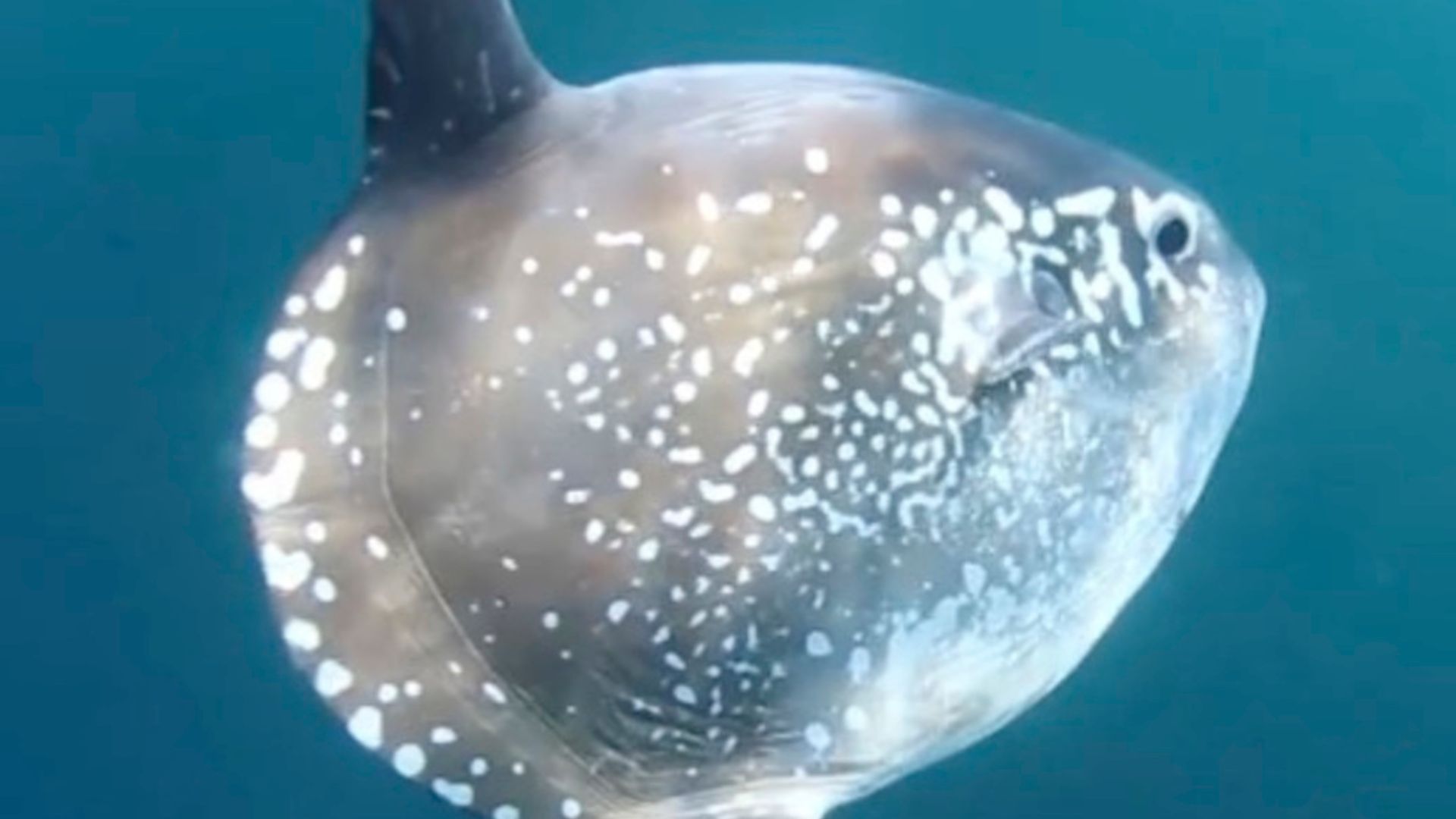
Interestingly, the mola tecta is also known to float along the ocean’s surface, which makes it look like it is sunbathing. As they can’t regulate their own body temperature when they dive deep into the ocean water to hunt, they heat up their body under the sun during these moments.
While they’re sunbathing, these fish even allow birds to clean them up and eat any parasites off of their skin.
A Different Sunfish Species
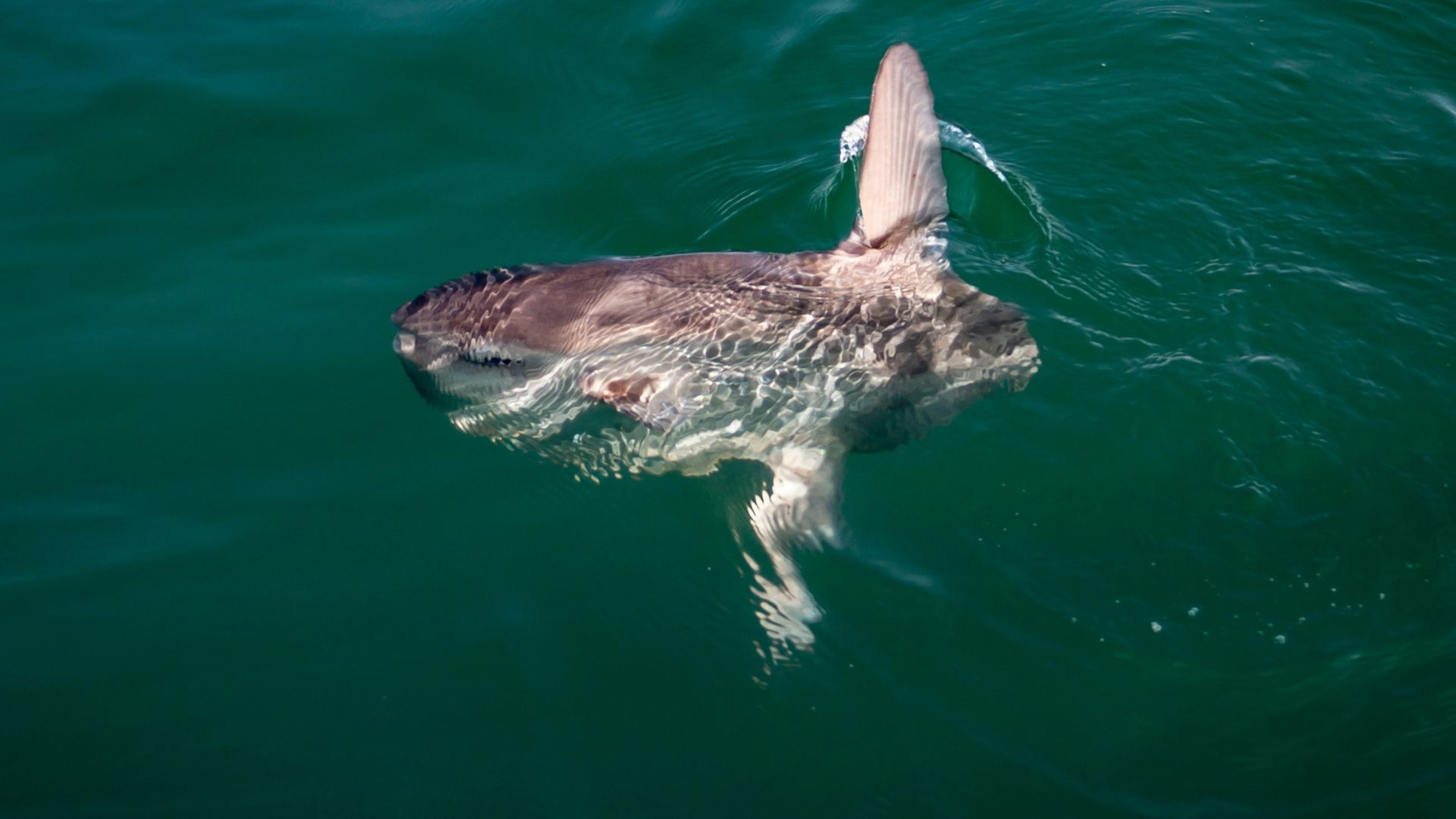
The general sunfish species overall remains obscure to marine biologists and fellow scientists. Though there are more common species of sunfish, scientists still aren’t clear on whether these fish can all exist in the same location together.
There are only five different species of sunfish. These species have different tails, as can be seen in the hoodwinker’s unique feature.
How Did the Hoodwinker End Up in Oregon?
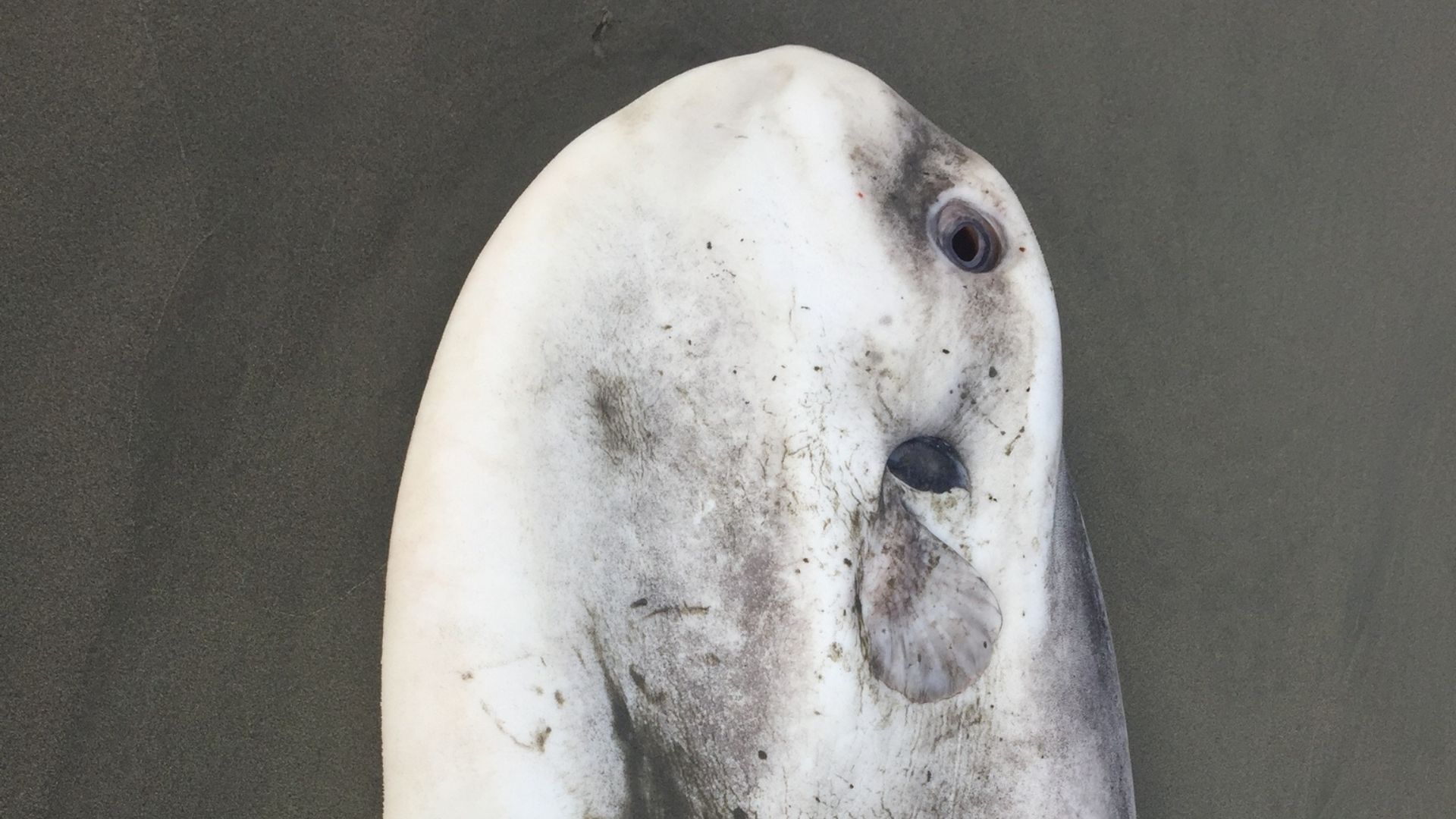
Already, scientists are intrigued about how this hoodwinker sunfish could have ended up in Oregon, particularly as they’re mainly seen in Australia and New Zealand.
Marine biologists have yet to find out if this specific hoodwinker is related or linked to the ones seen in the Pacific Northwest. Scientists would also like to find out if it has migrated from across the equator.
The Largest Hoodwinker So Far
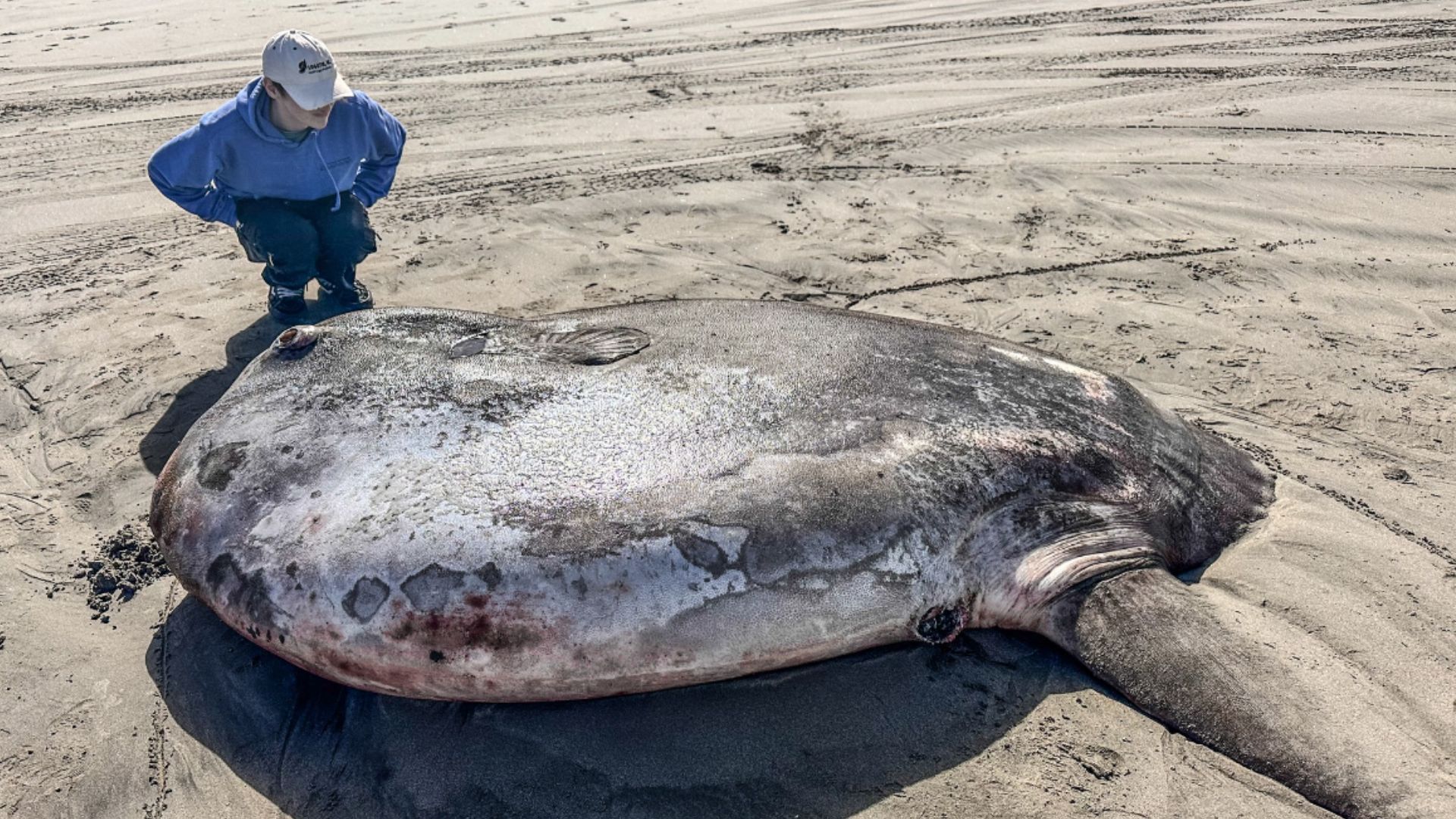
This latest Oregon discovery also marks the largest hoodwinker that scientists have seen washed up on a beach so far.
Though other marine biologists have seen these mola tecta species up close, many have since stated that this latest sunfish is the largest one they’ve seen at 7.3 feet.
A Reminder of Rare Ocean Creatures
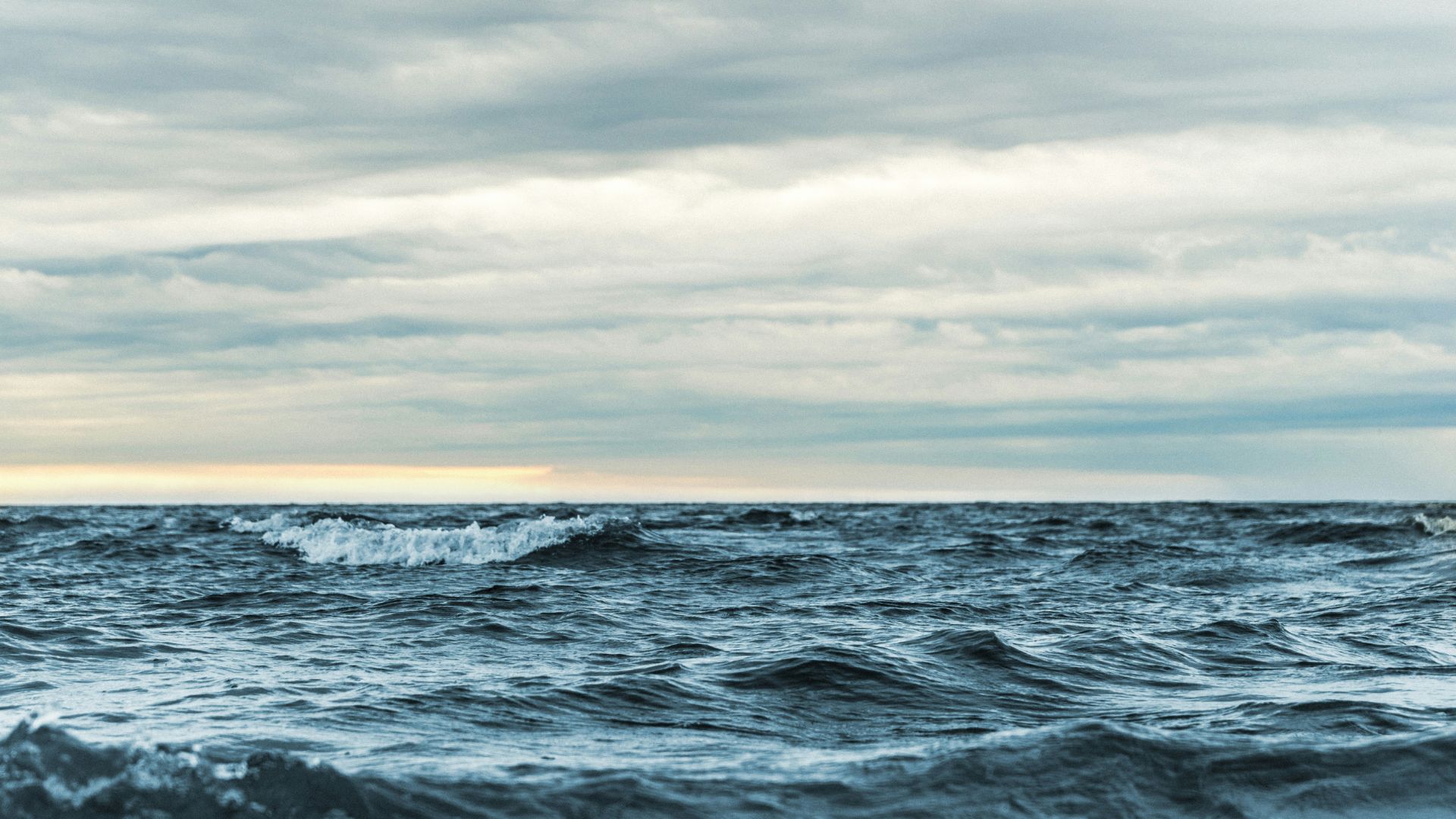
Other scientists, such as marine biologist Tierny Thys, have seen this fish and given a reminder that so much of the ocean remains a mystery, even to scientists.
“Strandings like this remind us how humans inhabit a mere 1% of the available living space on this vast ocean planet,” Thys said. “It’s both humbling and inspiring to encounter one of these incredible creatures and a powerful reminder we have so much more to learn.”
